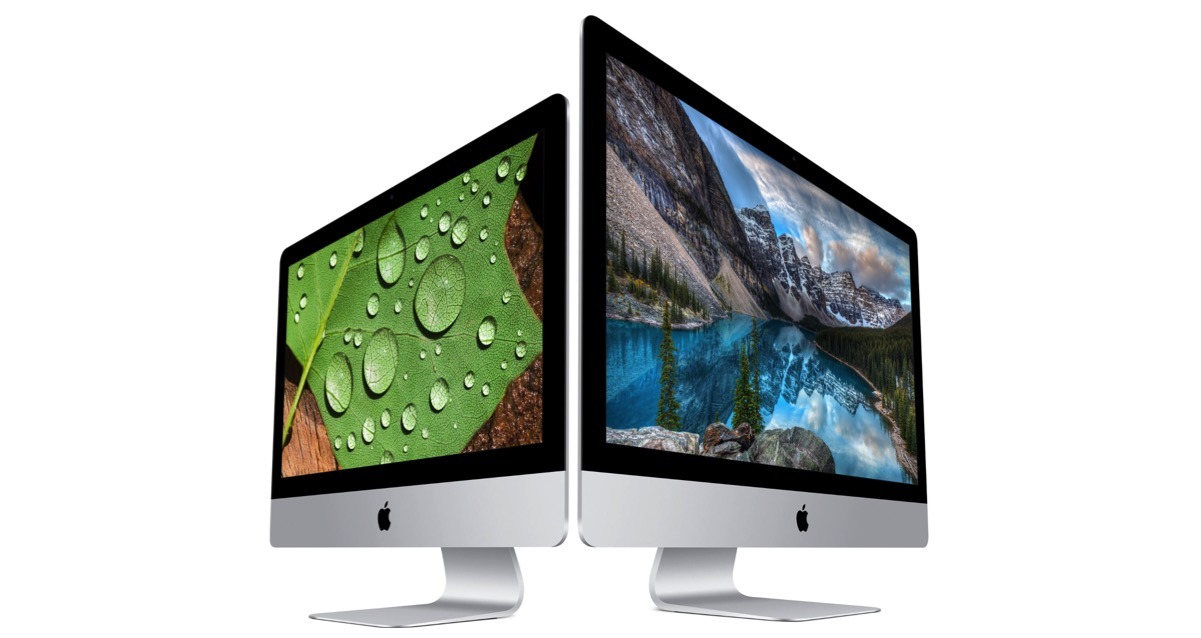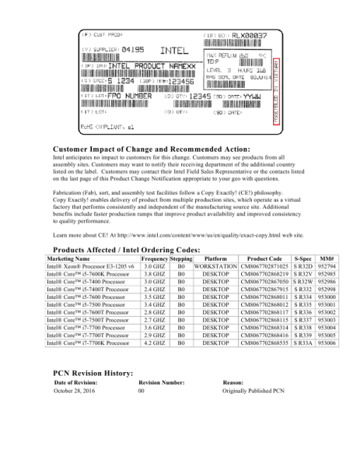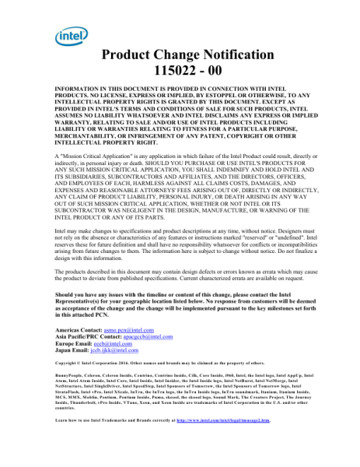A document briefly available from Intel's website intended for system manufacturers like Apple has shed some light on new Kaby Lake processors suitable for desktop computers that could be used in a new iMac or Mac Pro, but still shows no sign of the long-overdue Kaby Lake quad-core laptop processors.
The documents for partner companies, first spotted by Anandtech show 11 quad-core processors that are expected in the first quarter of 2017. Included in the lineup are seven Core i5 models, three Core i7 processors, and a single Xeon E3 v6 chip.
The chips are faster than the Skylake Processors they replace, showing 200 MHz higher base frequencies across processors likely to be used in the iMac. Turbo speeds are not known at this time, nor is the thermal design profile — but the TDP isn't expected to change much if at all given that the new line of processors is made with the same 14nm process as the Skylake family is.
Kaby Lake and the iMac
At present, the Retina iMac line, last refreshed on October 13, 2015 utilizes the i5-5675R or i7-5775R processors on the low end 21.5-inch model, and the i5-6500, i5-6600, or i7-6700K processors in the 27-inch model.
Corollary processors in the new Kaby Lake family for the 5K iMac processors are the i5-7500, the i5-7600, and the i7-7700K, respectively.
The new i5-7500 processor is a quad-core processor, running at 3.4 GHz, versus 3.2 GHz in the Skylake version. Similarly, the i5-7600 should run at 3.5 GHz, 200 MHz faster than the 3.3 GHz in the Skylake i5-6600.
The i7-7700K is a quad-core, eight-thread processor, running at 4.2 GHz, versus 4.0 in the Skylake i7-6700K in the iMac.
Also added to Kaby Lake is Intel's Speed Shift v2 technology, that cuts the amount of time required for the chip to throttle up to 10ms, versus 30ms.
The Mac Pro is way overdue
The new E3-1205v6 processor is a 3.0GHz processor — but beyond that, the number of cores and threads is not known at this time. Intel currently has no Xeon processors in the "v6" Kaby Lake family.
The 2013 Mac Pro utilizes the E5-1620, E5-1650, E5-1680, or E5-2697, all based on the "v2" Ivy Bridge technology that is at this point several generations old. Given how the Xeon line progresses, there is no specific predecessor to compare the new model number to.
 Mike Wuerthele
Mike Wuerthele










-m.jpg)






 Marko Zivkovic
Marko Zivkovic
 Christine McKee
Christine McKee
 Andrew Orr
Andrew Orr
 Andrew O'Hara
Andrew O'Hara
 William Gallagher
William Gallagher


 Bon Adamson
Bon Adamson



-m.jpg)



68 Comments
None of these specs blew me away. People blame Apple but it's easy to see intel is the one slowing Mac development.
edit: My fingers didn't know which keys to press this morning, sorry for typos.
Intel need to pull their finger out.
Intel is becoming an anchor for Apple. I know Apple producing an ARM-based iMac most likely will not happen, but it would be a way for Apple to begin unraveling the binding that Intel has on Apple's innovation.
The Xeon E3 v6 series uses socket 1151 so it tops out at 4 cores. Apple will not make a Mac Pro using this CPU as a 4-core entry model because then they would have to design a completely different motherboard for the models with more than 4 cores.
In fact Intel always launches their consumer CPUs earlier than the enterprise CPUs, and the Xeon E5 v4 was released just in March, and v5 (Skylake-EP) is rumoured for 1H 2017 (see e.g. http://wccftech.com/intel-skylake-e-lga-3647-hexa-channel-memory/) with a new socket LGA 3647. Jumping to v6 but being limited to 4 cores makes no sense.
Releasing an updated Mac Pro any time before 1H 2017 is probably not likely, since they would have to make a major redesign for the new socket in 1H 2017 anyway.
The current Mac Pro is a very unusual design choice because the space constraints limits the setup to one CPU. This would mean that the CPU model doesn't have to have support for dual CPUs. Apple uses E5-1xxx v2 series for the lower end but Intel probably figures users with high performance requirements may want to use dual-CPU machines so they limited the E5-1xxx v2 to 8 cores, forcing Apple to use the E5-2xxx v2 series for the 10 and 12-core models.
The E5-1xxx v4 still has max 8 cores, while the E5-2xxx v4 goes all the way up to 22 cores. E5-2xxx v5 is rumoured to have up to 26 cores!
(It will also support
It will be interesting to see what 2017 brings.